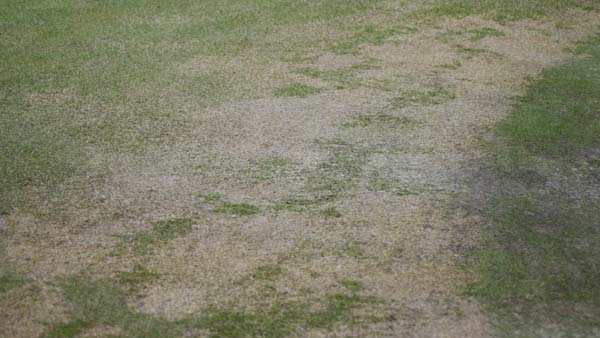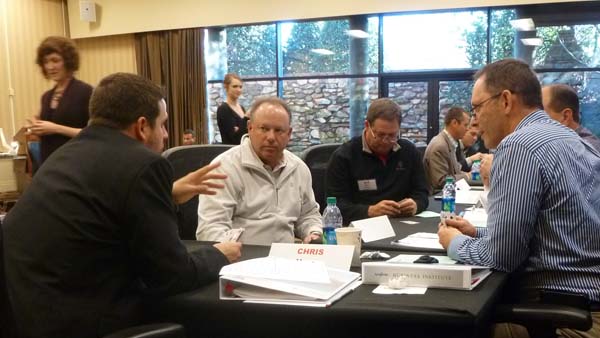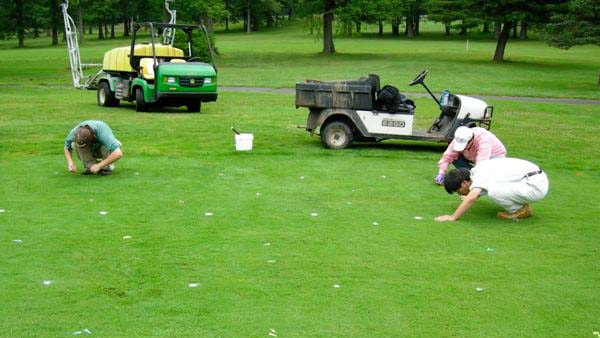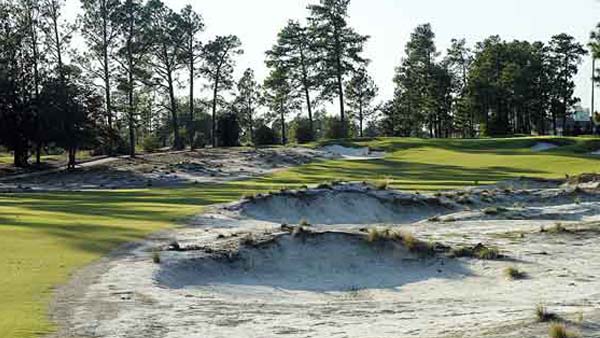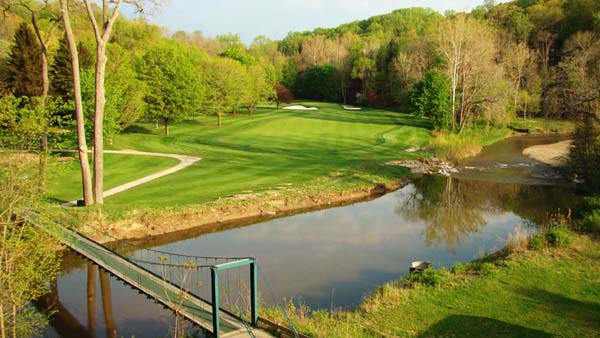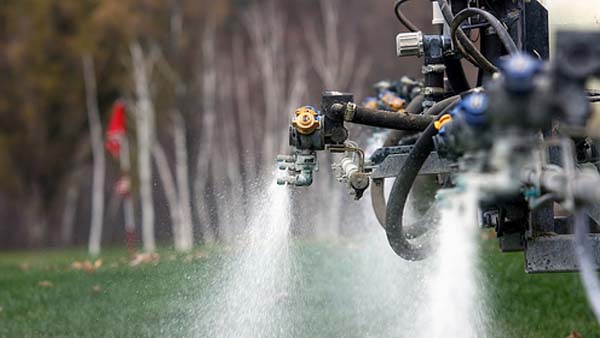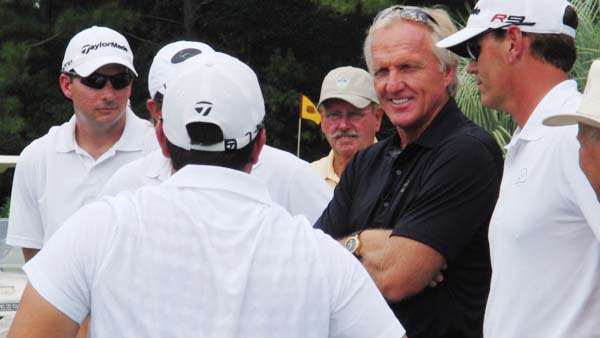
Tool or toy
By John Reitman, in News,

Determining which phrase best describes drones for use on golf courses depends on whom you speak to. Drones never will displace a greensmower as the most used piece of equipment on a golf course. But for some, drones, or unmanned aerial vehicles, have become one of those items that make superintendents ask "how did I ever live without one of these?" For others, they are an expensive toy that at best totes a camera that takes really good photos of the property, and at worst sits in a corner collecting dust. At the California Golf Club of San Francisco, superintendent Thomas Bastis, CGCS, figures his DJI Phantom, his second drone, paid for itself rather quickly. He has used it to monitor all manner of agronomic issues, such as how morning shade affects putting greens. With those images, he was able to time stamp photos and present them to his greens committee. The end result was a tree-management plan that relieved shade and the stress it can cause. "I can take a top-down photograph at 7 a.m., 9:30 a.m., 2 p.m., or whenever, and have a real-time image of how shade affects our greens," Bastis said. Drone use is limited only by a superintendent's imagination and the needs of each property. Some have used them to monitor native plant populations in hard-to-reach areas or algae blooms in ponds as well as the more obvious before- and after-restoration shots of greens, tees and bunkers. Third-party entities such as Turf Scout even can use the imagery to create, for a fee, a map of an entire golf course. It can cost more than $1,000 to get an aerial snapshot of a golf course from a helicopter or airplane flyover, for about the same cost, a superintendent can get top-down images on demand from anywhere on the golf course. "They're definitely fun, and they are a toy," said Rick Tegtmeier, CGCS at 36-hole Des Moines Golf and Country Club in Iowa. Tegtmeier, not the club, bought a DJI Phantom in December and outfitted it with his own GoPro camera, and is experimenting on ways he can use that combination as he prepares for the 2017 Solheim Cup. "The cool thing is that it gives me real-time data right now," he said. "It gives me information that I didn't have access to even two years ago." Tegtmeier hopes his drone will give him an accurate assessment of sprinkler head distribution patterns as well as traffic wear throughout the property, neither of which is easy to detect with ground-based imagery. He even plans to use his Phantom-GoPro setup to provide members with progress reports on Phase II of a four-part master plan restoration that is being led by architect Tim Liddy. Videos posted to his blog would allow members to see what is taking place during the restoration without endangering them on a construction site. Larry Stowell of PACE Turf owns two drones, a DJI Phantom and an AR Drone, and he offers a list of safety guidelines, some of which focus on the federal government's current and pending regulations of drone use: don't sell images derived from drone use for profit; do not photograph people without their permission; do not fly over personal property without permission; do not fly much higher than treetop level; and always keep the vehicle in view. These tips are especially poignant after a March 22 incident in which an unmanned aerial vehicle and a commercial airliner nearly collided over Tallahassee, Florida. "Drones are currently hobby/toys, so we just have to follow the rules governing their use in that fashion. It's the same as other radio-controlled model aircraft," Stowell said. "But with the recent near-impact with an airplane, restrictions might get more intense. "We really don't want these things flying over about 200 feet altitude. (That is) plenty high for recreational diagnostic work and hobby research at golf courses." At Coeur d'Alene Resort in Idaho, Kevin Hicks says he's not so much concerned with using the DJI Phantom II he bought in April for monitoring agronomic issues on the golf course, but rather to help market the property to resort guests. As he becomes acclimated with the Phantom II that comes with an embedded camera already on board, Hicks envisions videos highlighting the property that can be posted on the resort's Web page. "We have a 330-room hotel with a golf course, and I saw the drone right away as a tremendous marketing tool," Hicks said. "I have teenagers, and the only way that generation learns anything is on the Internet. Right or wrong, that is where our business is going to come from in the future. "If we do this right and integrate video into our Web site that show a flyover of the golf course, and then there is a button that says ?book a tee time', with one click it's paid for. "This property spends a lot of money on marketing and advertising. This is a pretty small investment, and it's just plain fun." Hicks eventually plans to show off the resort's No. 14 island green, but only after he becomes a better drone pilot. "Believe me, (No. 14) is the primary goal, but with 150 yards of carry over water I want to make sure I know how to fly it first. But (No. 14) is the pay back right there." There definitely is a learning curve to drone flight, and some are easier to fly than others. The Phantom line has become popular because it's relatively inexpensive and the learning curve is not as steep as some others, or as Bastis puts it: "You can slap a battery in it and fly it." Hicks might argue that point. "They say it can go vertical to 1,000 feet. I took it to 250 feet and covered almost half the golf course," Hicks said. "But we did have a pretty horrific crash after that flight. We had another crash just a few days ago. It's pretty durable, I will say that for it." Bastis operates his Phantom coupled with remote control vision glasses from Fatshark that allow him to see the view from the drone in real time. He's used it to monitor weed control and even used it at another Bay-area property to confirm to the satisfaction of a wildlife biologist that a hawk's nest in the treetops was indeed abandoned, and thus allow a tree-removal project to go on as scheduled. "Is it a tool or a toy? I don't know, but it's on the forefront of technology," Bastis said. "If I am looking at a green that shows stress, I can easily record that without driving out there and spend 10 minutes with the guys on what we need to do."
- Read more...
- 5,682 views

